“The best remedy for those who are afraid, lonely or unhappy is to go outside, somewhere where they can be quite alone with the heavens, nature and God. Because only then does one feel that all is as it should be and that God wishes to see people happy, amidst the simple beauty of nature. As longs as this exists, and it certainly always will, I know that then there will always be comfort for every sorrow, whatever the circumstances may be. And I firmly believe that nature brings solace in all troubles.”
Being nauseous in a metal cage while great white sharks swam around me, having the deadliest snake in Africa hissing near our faces, driving our ill-equipped car on moist unstable “roads” on Kashmiri mountains that almost fell off the mountain or even hiking up and down a tortuous mountain for ten hours while being attacked by vicious dogs (twice) and startled by a poisonous snake (again) did not prepare me for Patagonia. This was where I came closest to death.
We started off in Bariloche, the jewel crown of the northern Patagonia’s Lake District. The luxurious chalets vacation homes along the Lake Nahuel Huapi and the numerous chocolate shops and pubs lined along the cobbled streets of the downtown area reminded me of a small Swiss ski town—almost. I just needed to ignore the graffiti plastered everywhere and the hundreds of teenagers roaming the streets in large herds. Apparently, all the teenagers on spring break crowed Bariloche every summer to party all night long.
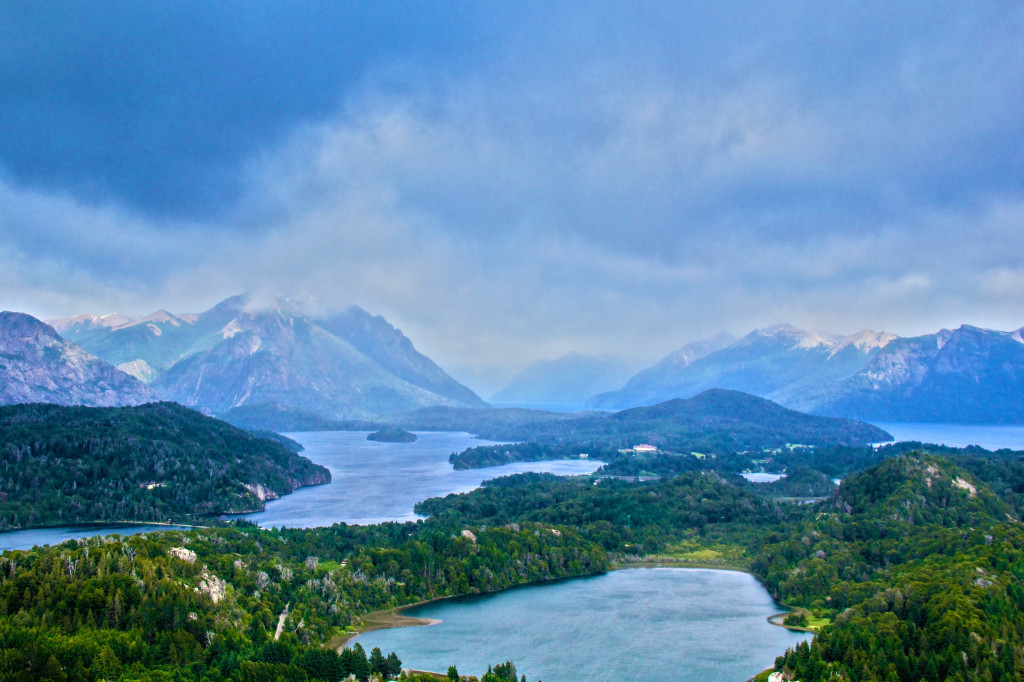
Soon enough we forgot the sounds of screaming kids once we started driving towards Cerro Campanario, considered by National Geographic to have the top ten best views in the world. The glistening Moreno and Nahuel Huapi lakes and the soaring Lopez and Capilla mountains veiled by bright white snow silenced us. We were in complete awe. And that wasn’t even the most beautiful part of Patagonia! Unfortunately, the bad weather and the un-cooperative camera did not do Cerro Campanario justice.
The following day we took a two boats and over four buses totaling 12 hours to reach Puerta Varas, another small vacation town on the Chilean side. At first the ethereal green Rio Negro lakes, the Osorno and Punta Gudo volcanoes and the untouched forests were enough to distract me for the first 9 hours.
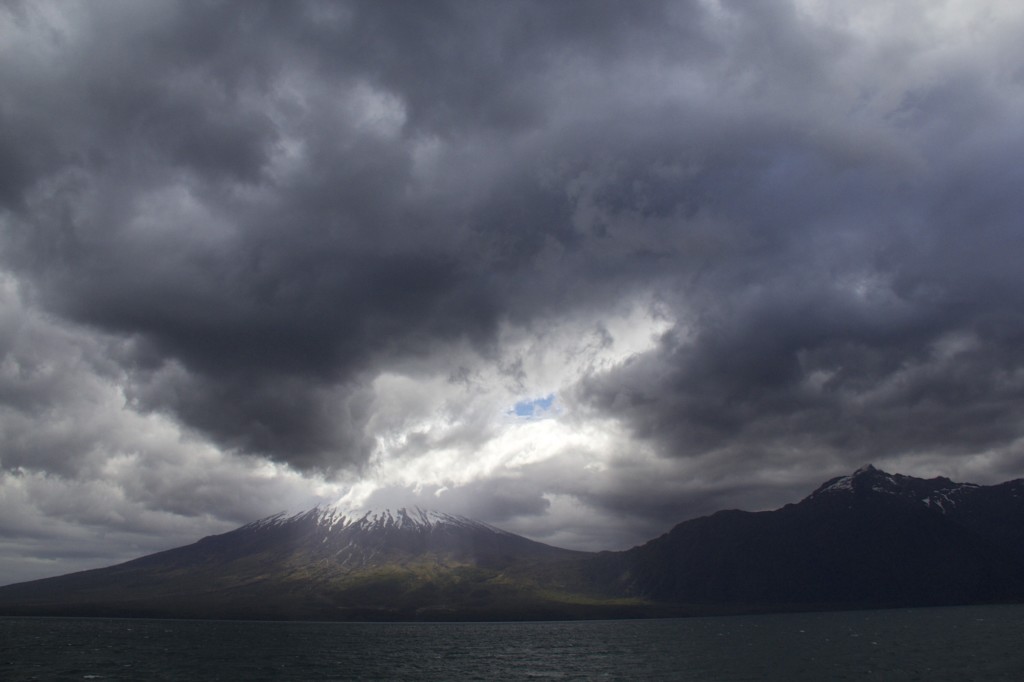
Puerta Varas was yet another heavily German influenced town (almost all of the towns in Patagonia had a German feel to them) with wooden houses and German Jesuit churches.
We next took a short flight and a five-hour car ride to Puerta Natales, a Chilean town in southern Patagonia. By this point I realized why it was nearly impossible for most tourists to see all of Patagonia—it’s freaking 402,700 square miles!
I liked Puerto Natales much better than Puerta Varas; it was less touristy and more peaceful. Magical. I sat on huge boulders facing the ocean during sunset for hours, mesmerized by the lapping waves. I wondered about the mysteries of life. How can you not with these views?
Torres Del Paine, our next stop, had high walls to climb after seeing Bariloche and Puerto Natales. It was hard to imagine a place more beautiful than Bariloche and Puerta Natales…
—but it was more beautiful.
Torres Del Paine was stunning; perhaps the most serene place on Earth. No wonder it’s so heavily protected by the government. Our tour guide took us to the top spots in the park, including the French Valley, Laguna Amarga, and the peaks of Torres Del Paine. However, there are three parts of Torres Del Paine park that I will never forget: Grey Glacier, Lago Pehoe and the Salto Grande waterfall.
We had to walk across a narrow sandy beach to reach the hill that overlooked Grey Glacier. The beach itself wasn’t more than a half-mile long, but it took us almost thirty to walk across each way. The wind was unbelievably strong; I think the wind speed was about 50 mph. Scientists have recorded wind speeds up to 120 mph in this area! We struggled to take each step. See the video here to get a glimpse of what it was like.
Pics of Grey Glacier
Thankfully, Lago Pehoe wasn’t windy. After eating a hearty meal in a log cabin right by the lake, we were able to finally catch our breath. Lago Pehoe, in my opinion, is the most beautiful lake we had seen on our trip.
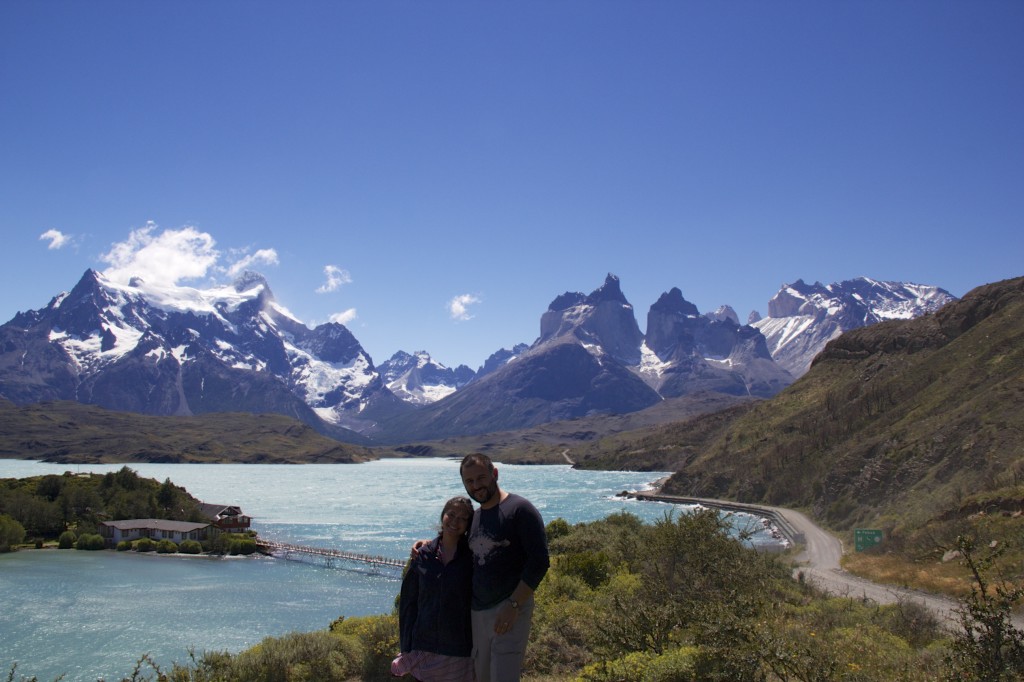
Thankfully, Lago Pehoe wasn’t windy. After eating a hearty meal in a log cabin right by the lake, we were able to finally catch our breath. Lago Pehoe, in my opinion, is the most beautiful lake we had seen on our trip.
The grand finale was Salto Grande waterfall. I held my iphone as steady as possible at the edge of the cliff to capture the hypnotic and powerfully dangerous waterfall (see video here) There were no handrails; just a sheer drop into the frolicking arms of the water. That was an idiotic move.
Suddenly a wickedly powerful gust of wind came from the northeast direction and knocked me down flat. I was inches away from the cliff and was clutching the ground and the cell phone with every fiber of my body. It was one of the scariest moments of my life. I thought the wind was going to push me over.
After what seemed liked forever, I looked up to see everyone clinging to the ground, including Dumpty. He was slowly crawling on his hands and knees towards me and held out his hand. We connected and ran. Once we were safely inside the van, he told me that he was making adjustments to his camera when he felt the wind from behind. He was literally lifted off the ground and flew a couple of feet before he too fell to the ground. Scary shit.
Our hotel, Hosteria Las Torres, was right in the heart of the park, and we soon forgot the perils of the waterfall. We spent the next two days hiking pass Candors, llamas, and horses and getting soaked at river crossings—well maybe that was just me. I had taken off my sneakers to walk across but then dropped my sneaker into the water; I squished the whole way back. Again, not my brightest move.
Unfortunately, we weren’t in Torres Del Paine long enough to do a longer multi-day hike. Perhaps it was a blessing in disguise for Dumpty, who would have then endured my non-stop complaining about how tired, thirsty or hot I was. I was really good about not complaining after leaving the Buddhist ashram in Thailand, but Buenos Aires brought back my old habit.
With a heavy heart, I left Torres Del Paine to see the Perito Morena Glacier in El Calafate and to go hiking in El Chalten. The 97sq mile glacier, which is one of three still growing glaciers in the region and the third largest fresh water reserve in the world, was impressive to behold. We saw several chunks of vivid blue ice break free from the wall and fall thunderously into the icy waters. The steep glacier reminded me of the Wall in the Game of Thrones. I completely lost track of time.
We again boarded a flight for Ushuaia, known as the City of the End of the World. Although Port Williams, a small town in Chile, was the southern most settlement, lets just overlook this technicality for now.
On our first day there we hiked in Tierra del Fuego National Park and uur group had this American guy in his 30s (lets call him Bob) who drove all of us crazy. Bob almost knocked over a young girl off the hill and talked in an obnoxiously loud voice about how awesome drugs were. We concluded he was bi polar (according to my mom, everyone is bipolar). I found Bob pretty entertaining until we went canoeing and all of us had to row harder because he said, and I quote, “I don’t feel like rowing”. Couldn’t we just throw him overboard?
Pics of Ushuaia:
On our last day in Ushuaia, we took a fun cruise along the Beagle Channel and had panoramic views of the bay, the seals and cormorants on De los Lobos Island and the Les Eclaireurs lighthouse. It was the perfect way to end our trip in Patagonia. Sadly, it was the last time I will ever travel this far south.
Dumpty and I had many debates on what country was more beautiful: New Zealand or Patagonia. Unlike New Zealand, Patagonia had a rawness and majesty that could only be rivaled by the Himalayan Mountains. I imagine this was how most of Earth must have looked before humans came along— a wild and dangerous place that demanded your respect. And, if you listened closely, you could hear the universe speaking.

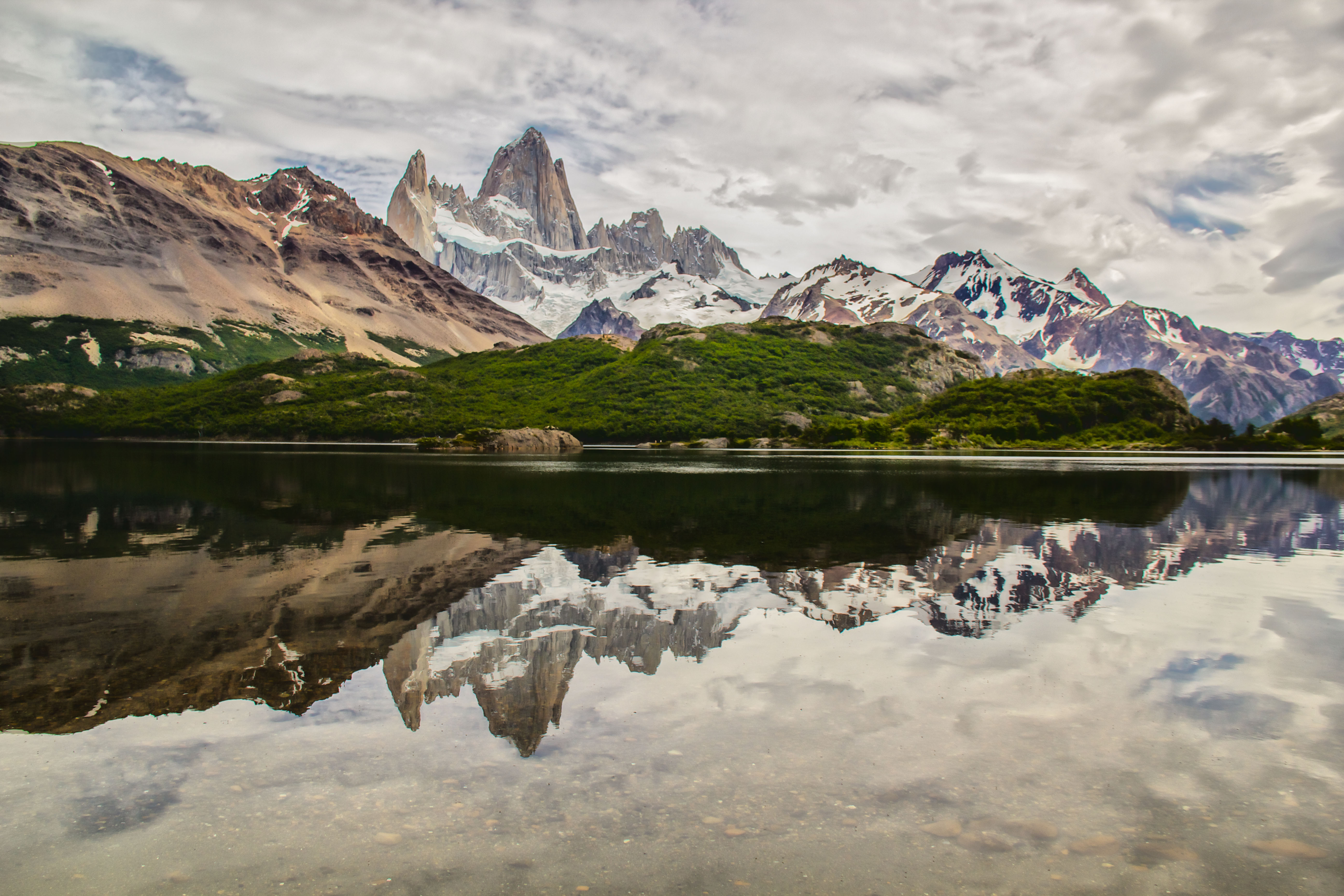
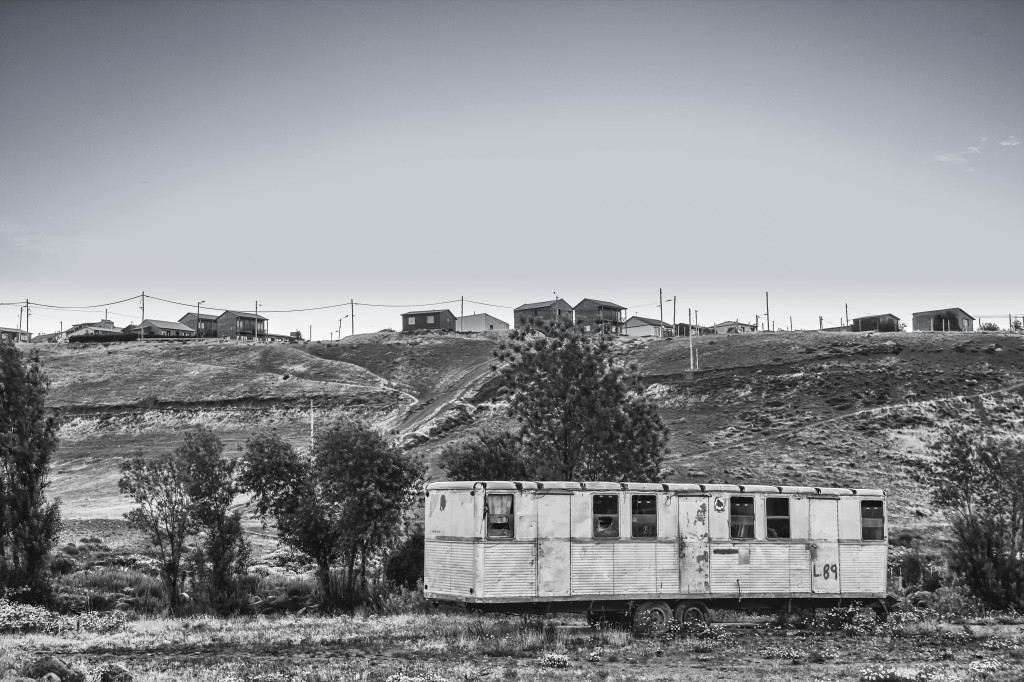
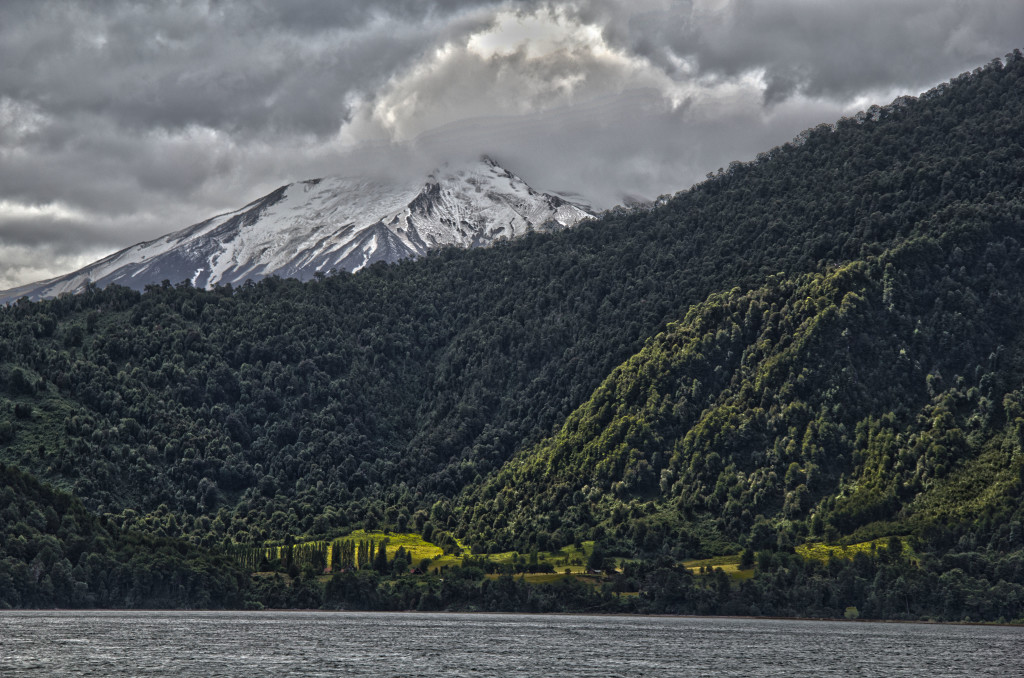
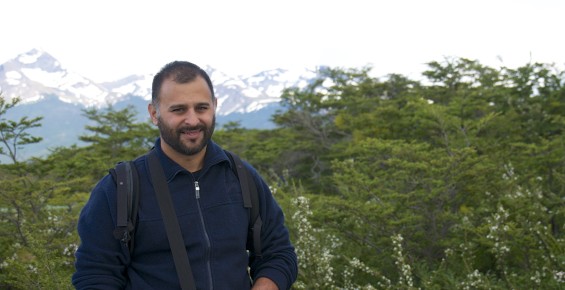
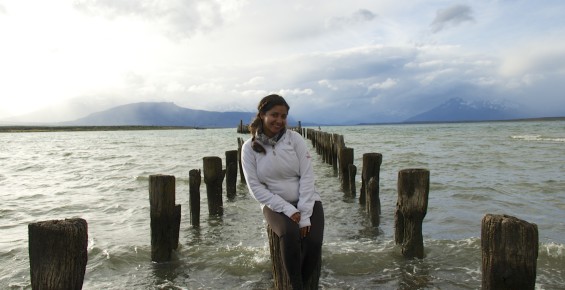
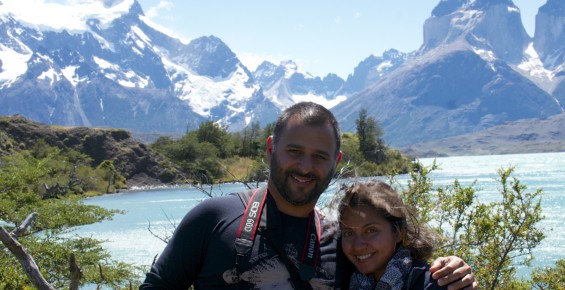
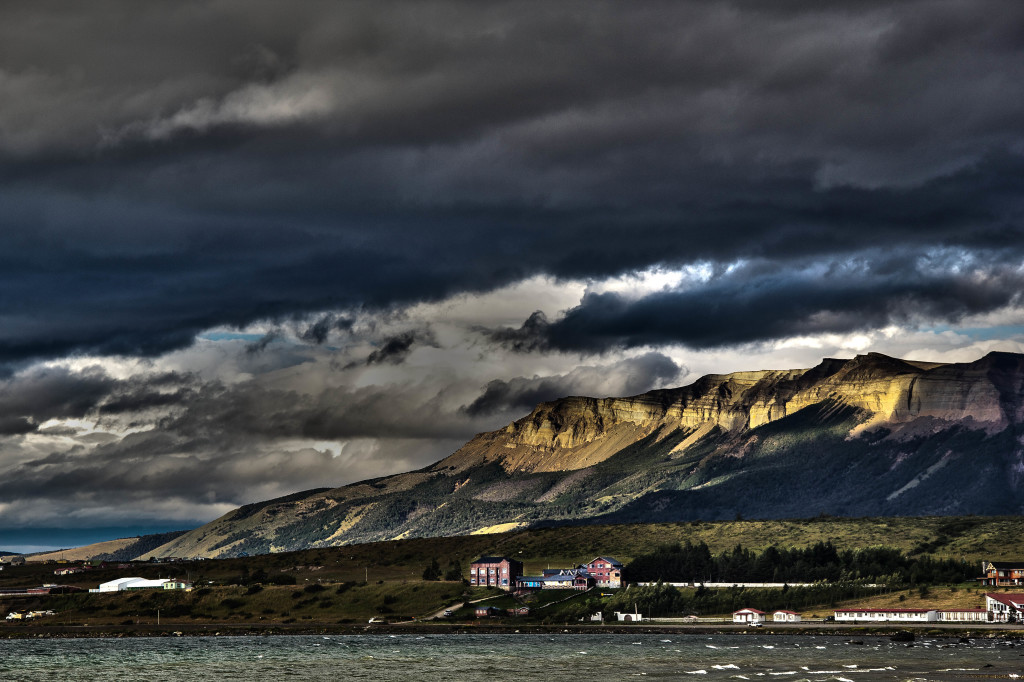
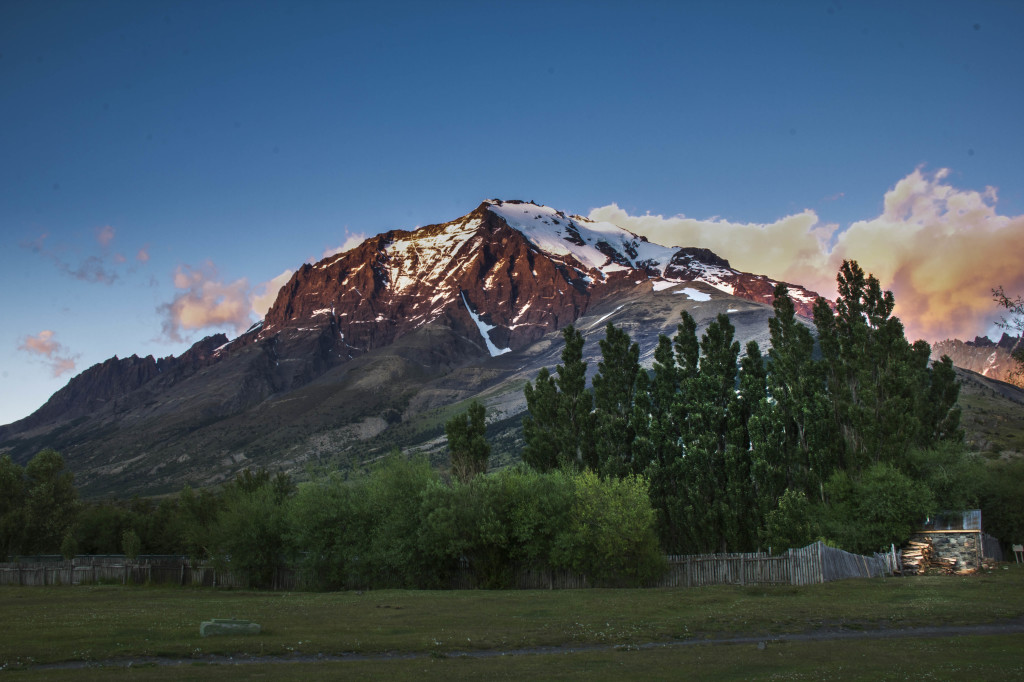
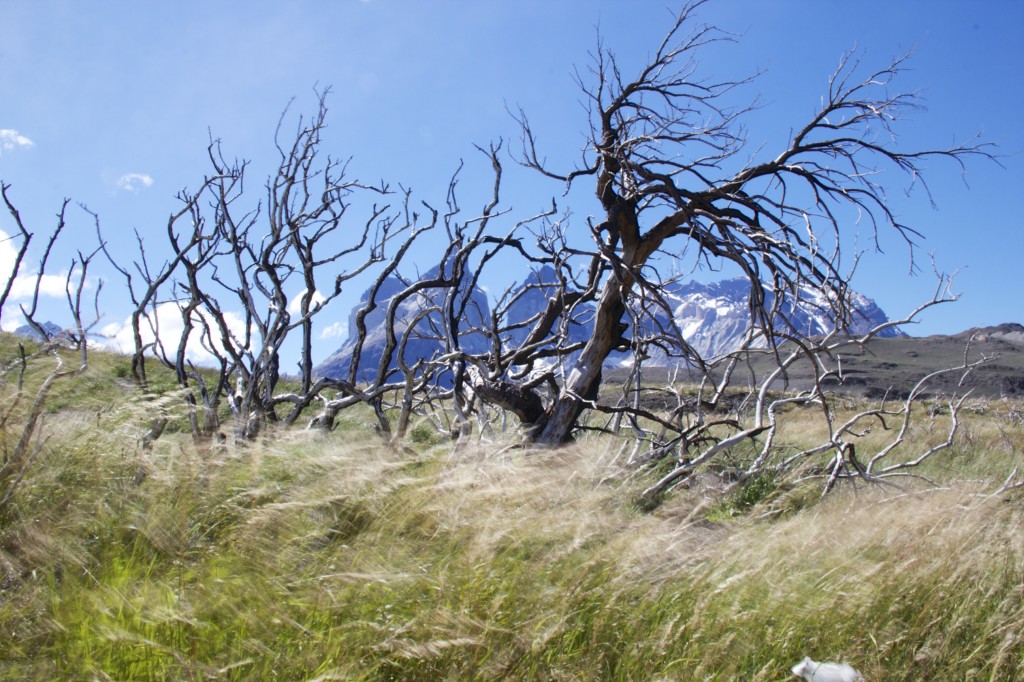
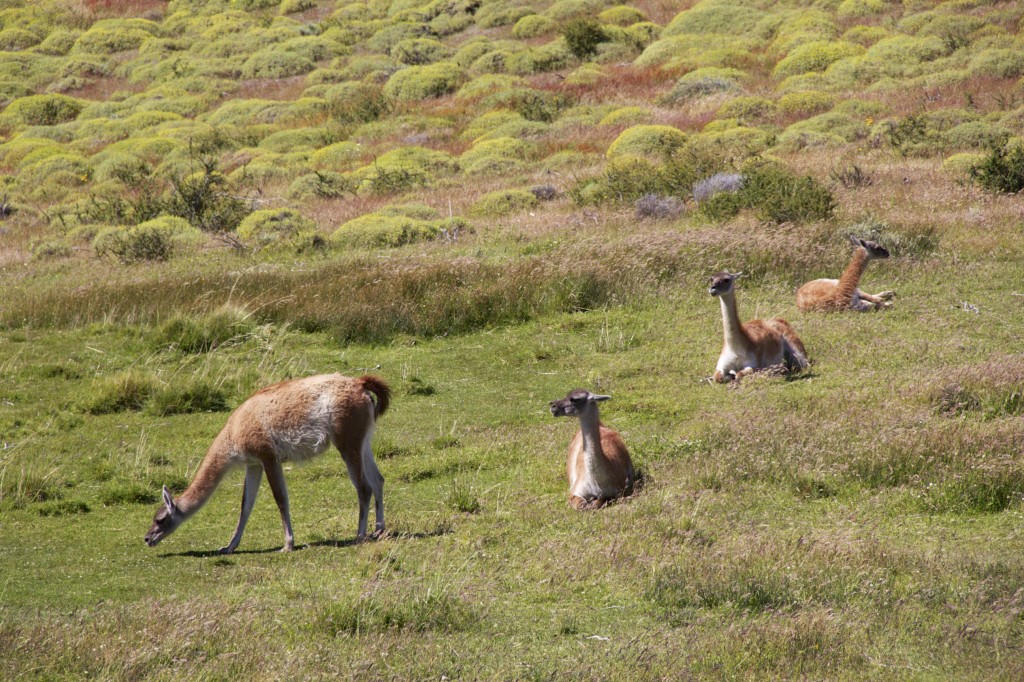
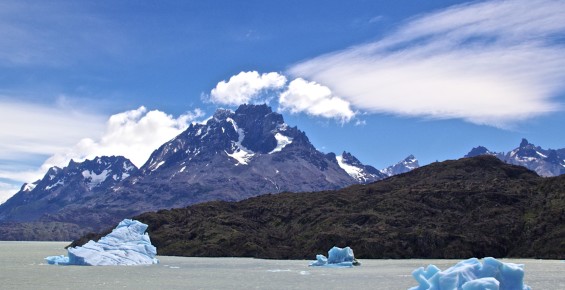
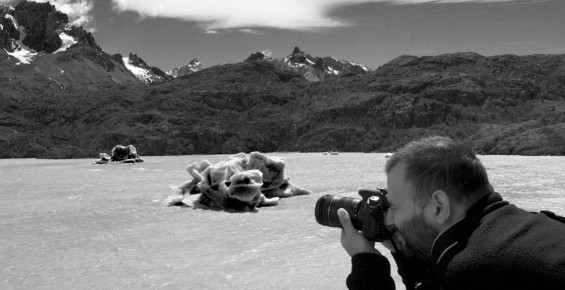
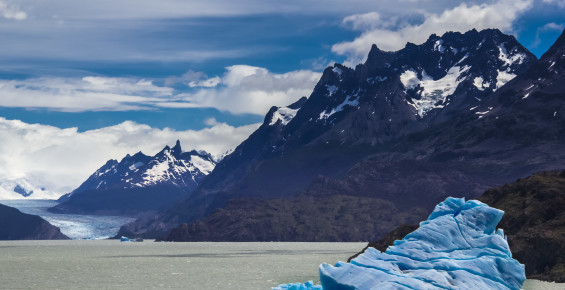
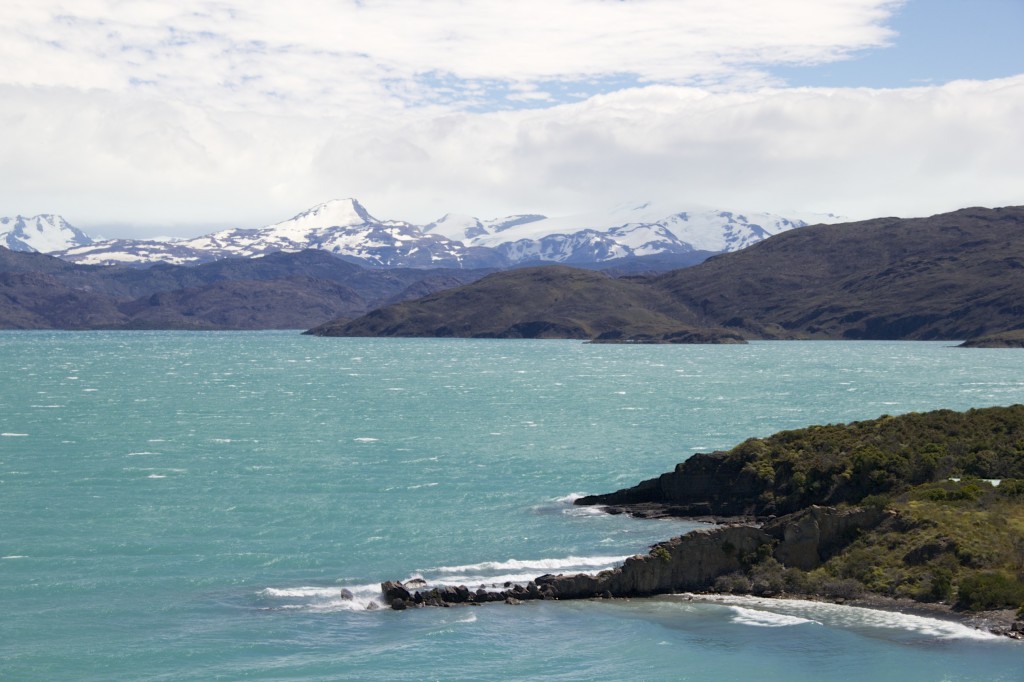

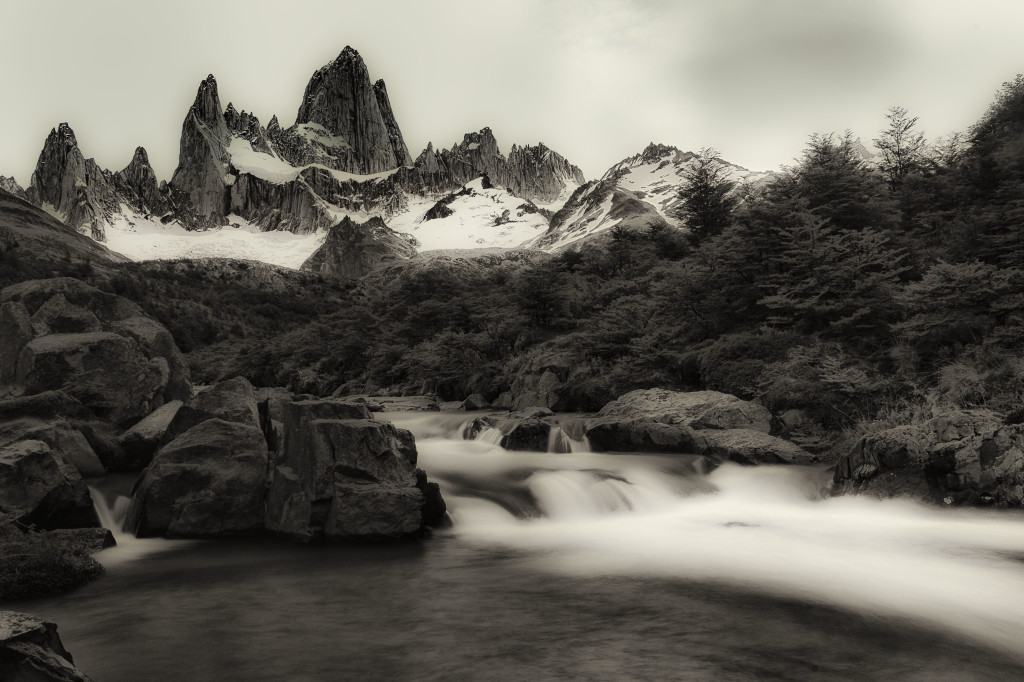
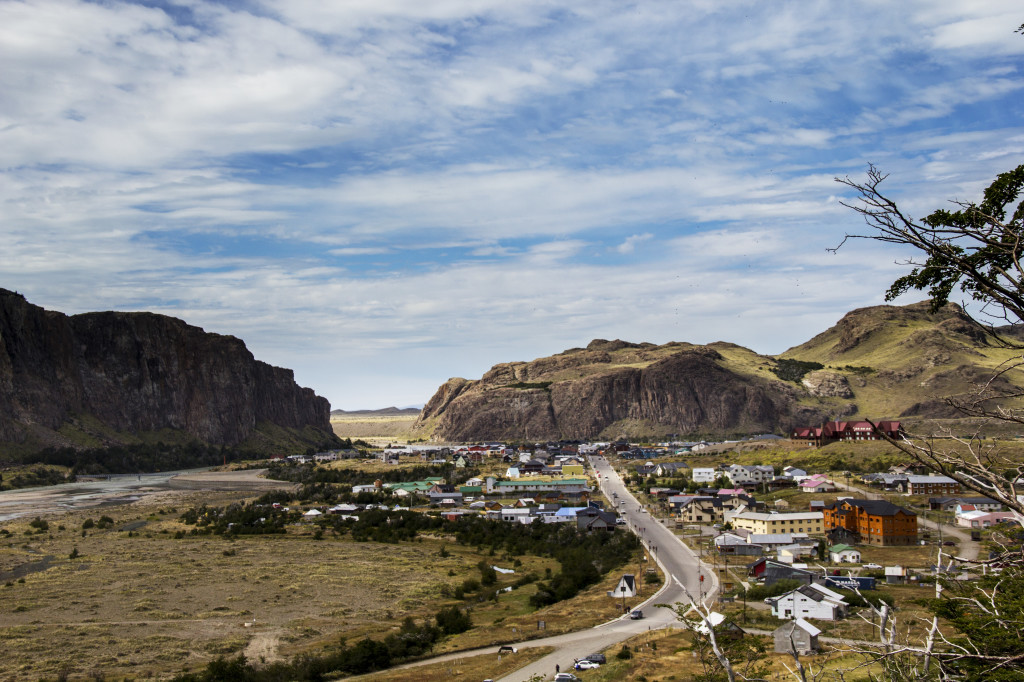

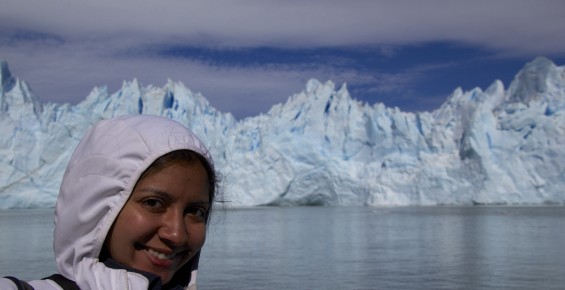
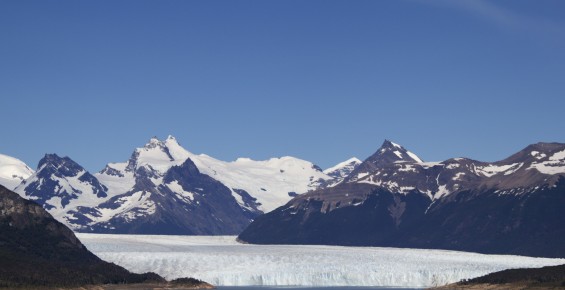
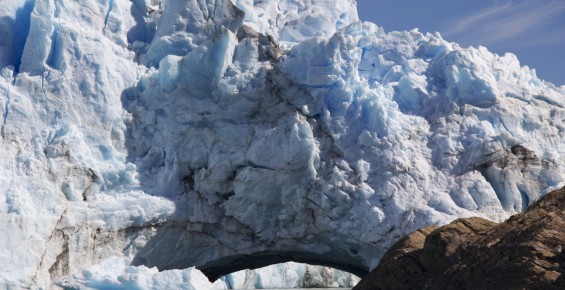
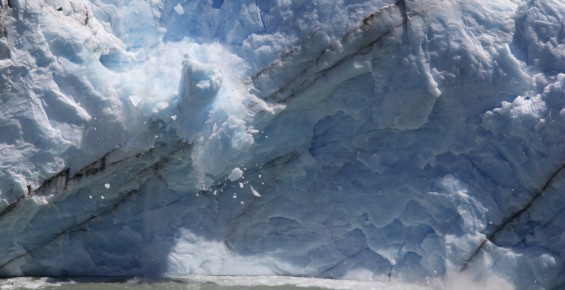

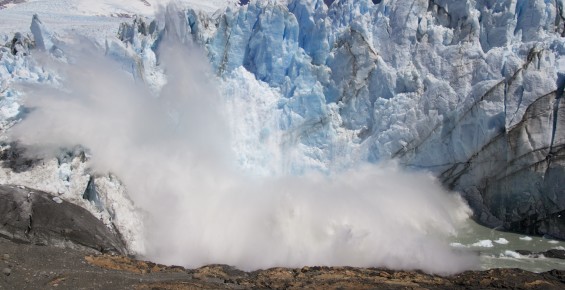
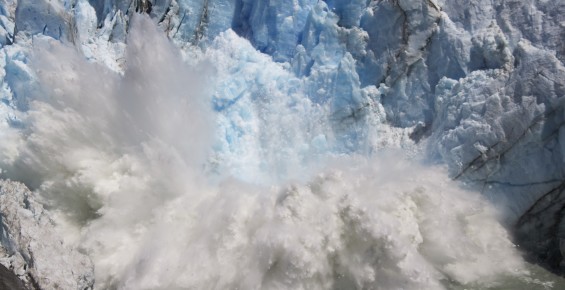
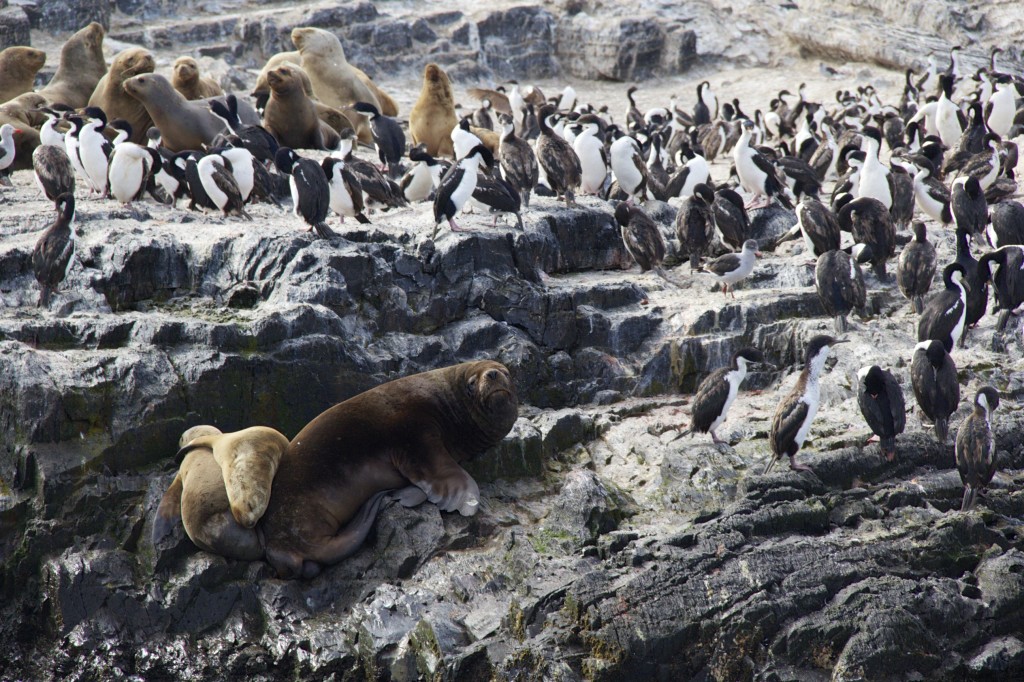
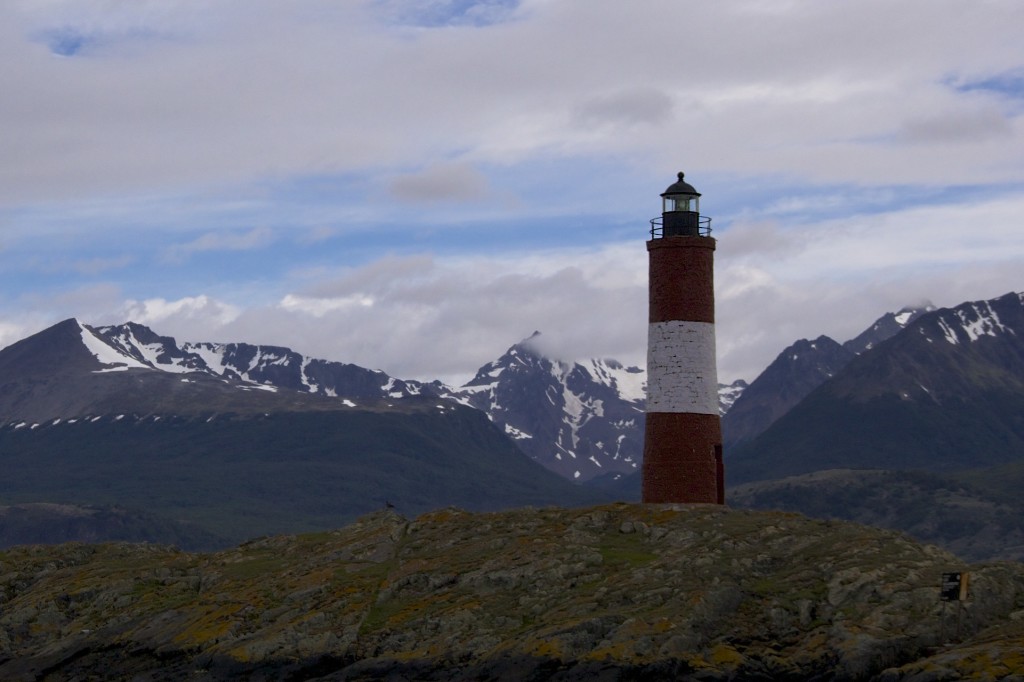
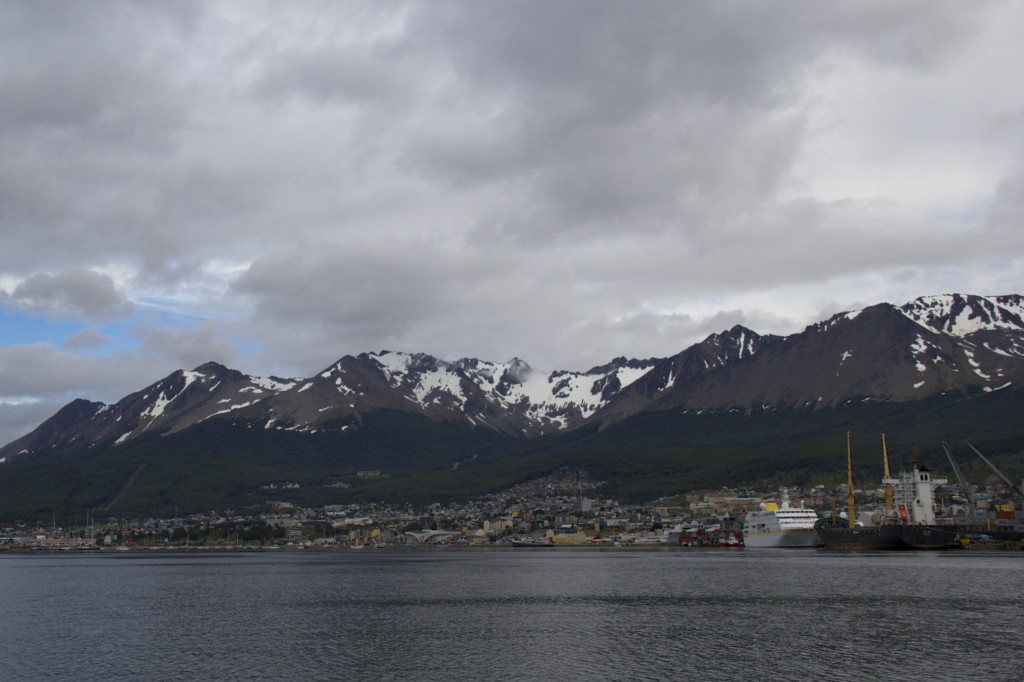
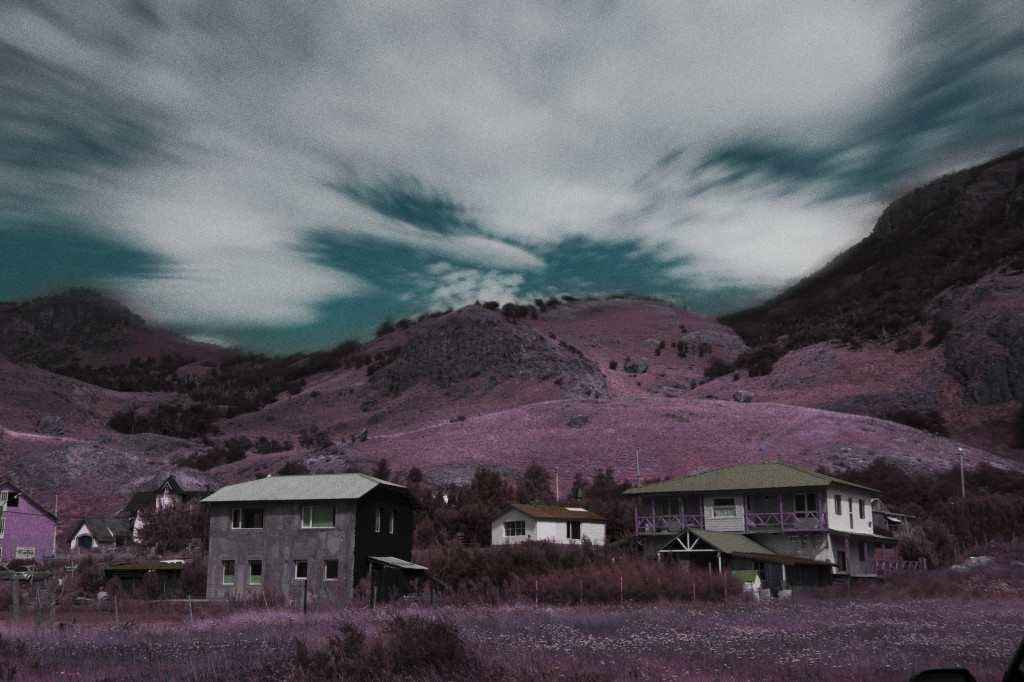
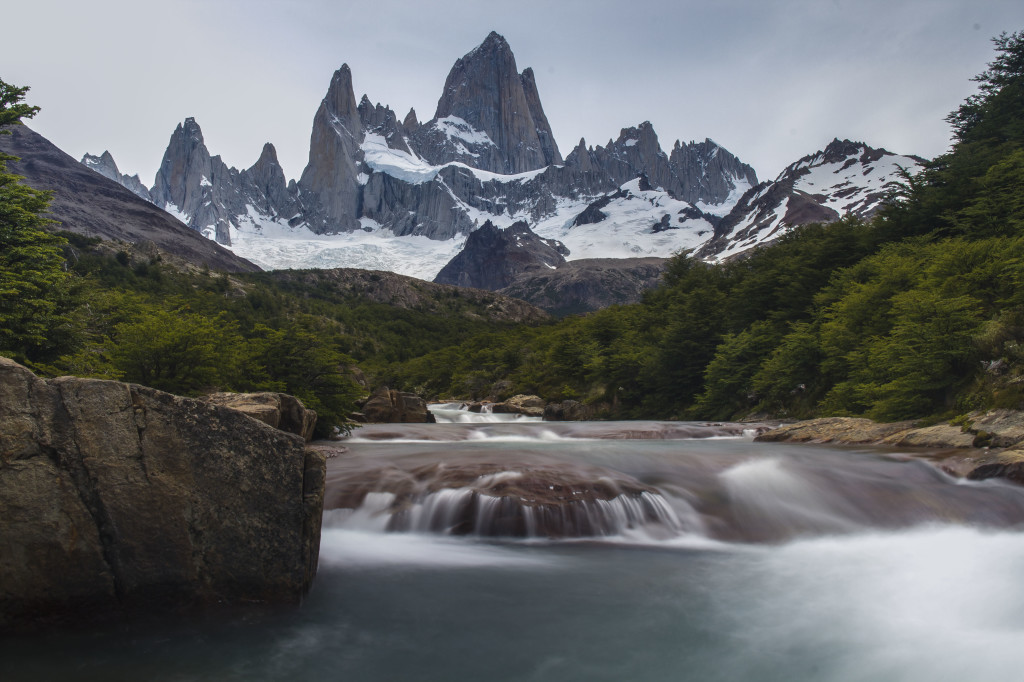
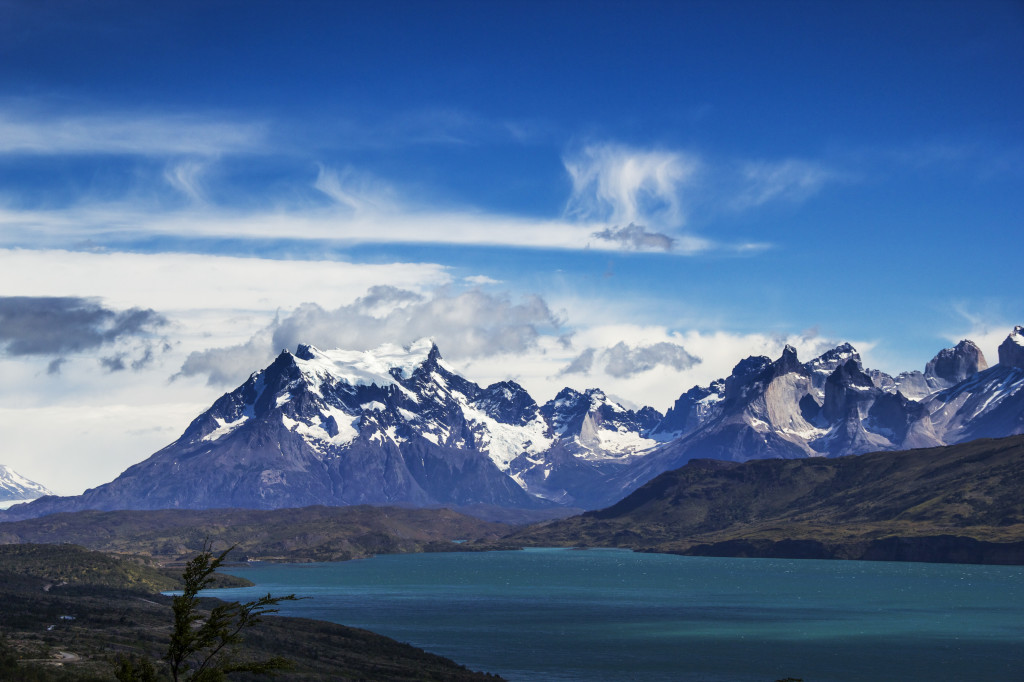
Stunning photos and as always, great commentary. Very glad you survived the wind!